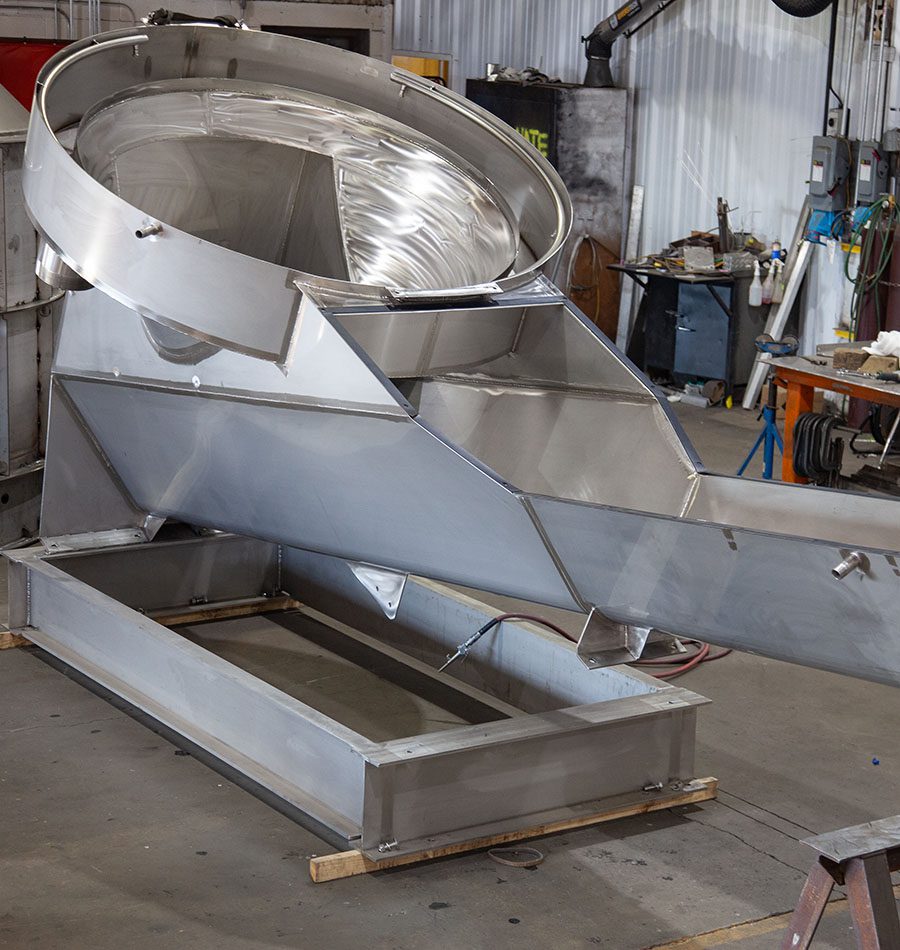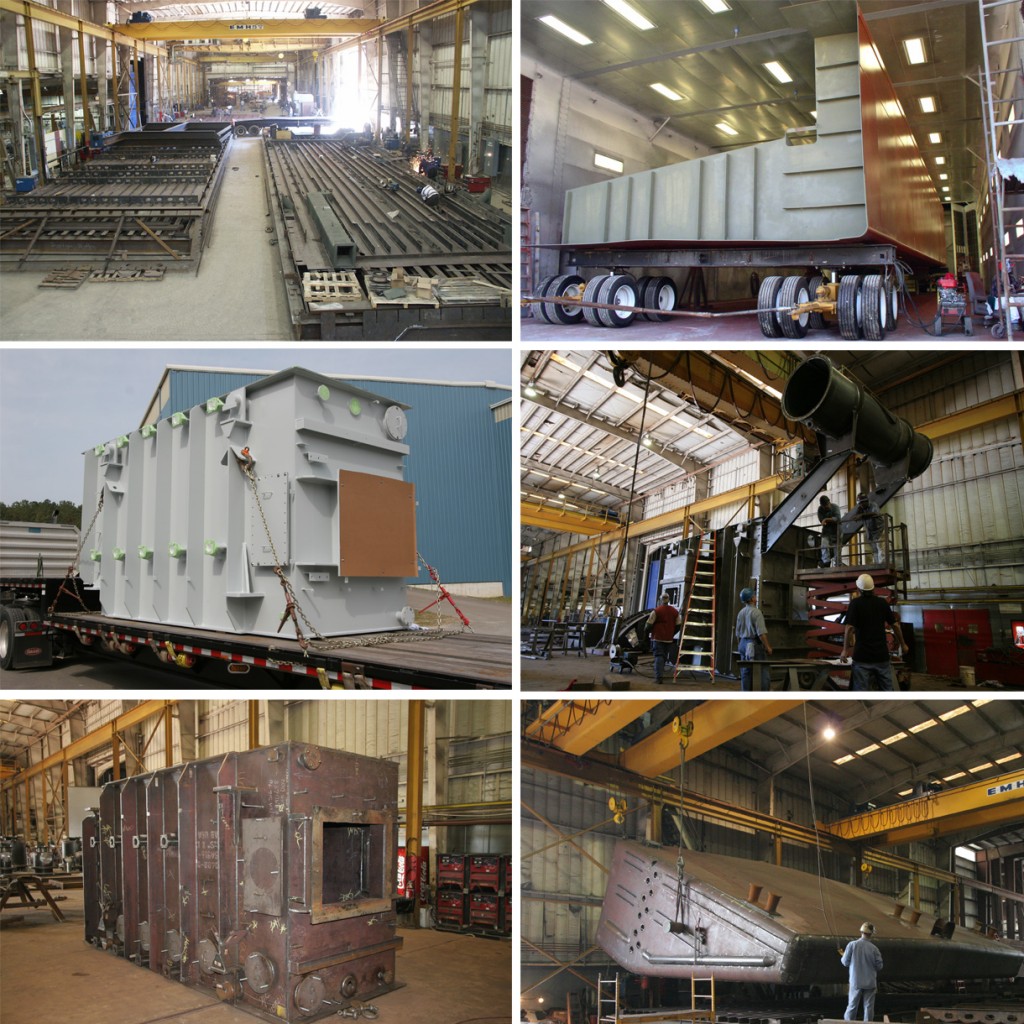Advanced Steel Fabrication Melbourne: Building the Future Today
Advanced Steel Fabrication Melbourne: Building the Future Today
Blog Article
Innovative Trends in Steel Construction: Enhancing Sturdiness and Precision
In the realm of steel construction, the pursuit of durability and accuracy has led to a wave of cutting-edge patterns that are reshaping the sector. From developments in welding technologies to the assimilation of robotic automation in fabrication procedures, the landscape of steel production is progressing rapidly. High-strength alloy advancement, combined with the utilization of 3D modeling and simulation software application, is pushing the limits of what is achievable in terms of structural stability and precision. Additionally, the expanding emphasis on lasting methods in steel manufacturing is not only driving performance but likewise fostering a much more environmentally mindful approach to construction. These trends are not simply forming the present however likewise laying the groundwork for the future of steel fabrication, promising additional improvements in sturdiness and precision.
Advanced Welding Technologies
In the realm of steel manufacture, the fostering of advanced welding modern technologies has significantly changed the industry's strategy to attaining exceptional top quality and precision in architectural welds. Advanced welding technologies, such as laser light beam welding and friction mix welding, have actually emerged as game-changers in the area. By leveraging these advanced welding techniques, steel makers can boost the resilience, toughness, and accuracy of their structural welds, meeting the increasingly demanding needs of modern-day building projects.
Robotic Automation in Construction
Welcoming robot automation has come to be a foundation of modern steel construction practices, enhancing and improving processes effectiveness across the sector. Robotics are reinventing the way steel components are produced, supplying unparalleled accuracy and rate while decreasing human error. These automated systems can take care of repeated jobs with constant precision, bring about better output.
One secret benefit of robot automation in steel fabrication is the capacity to work all the time without fatigue, dramatically boosting production result. This continuous procedure reduces downtime and increases job timelines, inevitably conserving expenses for suppliers. Furthermore, robotics can be programmed to execute detailed jobs that may be unsafe or challenging for human workers, boosting safety and security in the office.
Moreover, robotic automation makes it possible for seamless combination with various other digital modern technologies, such as computer-aided design (CAD) software and Internet of Points (IoT) systems (Alpha reo). This interconnected approach improves interaction in between different stages of fabrication, enhancing operations and ensuring real-time monitoring and control. As the steel construction sector remains to develop, robotic automation attracts attention as a transformative pressure driving efficiency and precision in manufacturing processes

High-Strength Alloy Growth
The innovation of high-strength alloy development in steel fabrication is reshaping the industry's method to enhancing material sturdiness and efficiency. High-strength alloys are engineered to display exceptional mechanical residential properties, such as boosted tensile toughness, durability, and deterioration resistance contrasted to standard steel grades. By including these advanced alloys right into manufacture processes, manufacturers can generate parts that withstand greater tension degrees and harsh settings, causing more reliable and durable final product.
One secret benefit of high-strength alloy growth is the capability to decrease product density without compromising architectural stability. This not only causes lighter-weight elements but likewise contributes to cost financial savings and boosted efficiency in construction and setting up processes. Furthermore, the boosted strength-to-weight proportion of these alloys permits the layout and construction of frameworks with higher load-bearing capabilities while reducing total weight.
3D Modeling and Simulation Software Program
Innovations in steel construction procedures have been dramatically pushed by the integration of sophisticated 3D modeling and simulation software tools. These devices allow producers to develop comprehensive digital models of their jobs, allowing them to picture the end product with precision prior to any kind of physical job begins. By imitating different anxiety factors, environmental conditions, and architectural lots, fabricators can enhance styles for enhanced resilience and performance. In addition, 3D modeling and simulation software program simplify the production procedure by identifying potential issues why not try here early, lowering the need for costly rework and reducing material waste.

Lasting Practices in Steel Production
Including sustainable practices right into steel production procedures is vital for reducing ecological impact and ensuring long-term source availability. One essential lasting practice is the adoption of energy-efficient innovations to reduce greenhouse gas emissions throughout the steel manufacturing procedure. This includes using renewable resource resources, such as solar or wind power, to power steel plants and applying energy-efficient devices to official website optimize energy usage.
An additional important facet of sustainable steel production is the liable sourcing of basic materials. This involves making sure that the iron ore and various other resources used in steelmaking are acquired from environmentally pleasant and moral resources. By advertising transparency in the supply chain and adhering to strict environmental requirements, steel suppliers can minimize the negative impacts of resource extraction on regional environments and areas.

Conclusion
Finally, the cutting-edge patterns in steel fabrication such as innovative welding modern technologies, robotic automation, high-strength alloy development, 3D modeling and simulation software program, and lasting practices are boosting the longevity and accuracy of steel items. These developments are revolutionizing the steel manufacture market by improving efficiency, sustainability, and high quality. It is clear that the future of steel fabrication depends on embracing these sophisticated technologies to fulfill the demands of modern-day building and production industries.
In the world here of steel manufacture, the quest of durability and accuracy has actually led to a wave of ingenious fads that are reshaping the industry.In the world of steel fabrication, the adoption of sophisticated welding technologies has actually significantly revolutionized the sector's approach to accomplishing remarkable quality and precision in architectural welds. As the steel construction sector continues to develop, robot automation stands out as a transformative pressure driving efficiency and precision in manufacturing processes.
In addition, recycling and reusing steel scrap and waste materials play a substantial role in improving the sustainability of steel production. steel fabricators melbourne.In final thought, the cutting-edge fads in steel fabrication such as sophisticated welding innovations, robot automation, high-strength alloy advancement, 3D modeling and simulation software application, and lasting methods are boosting the resilience and accuracy of steel items
Report this page